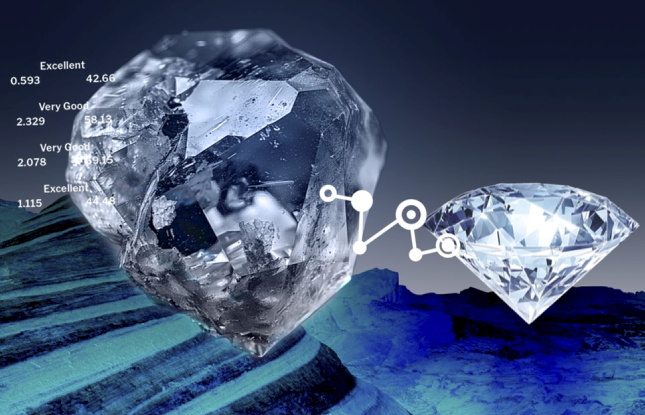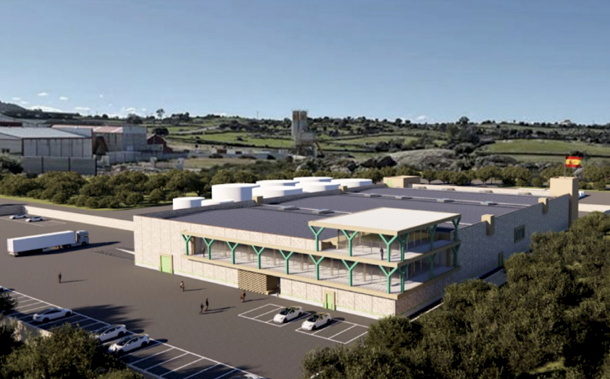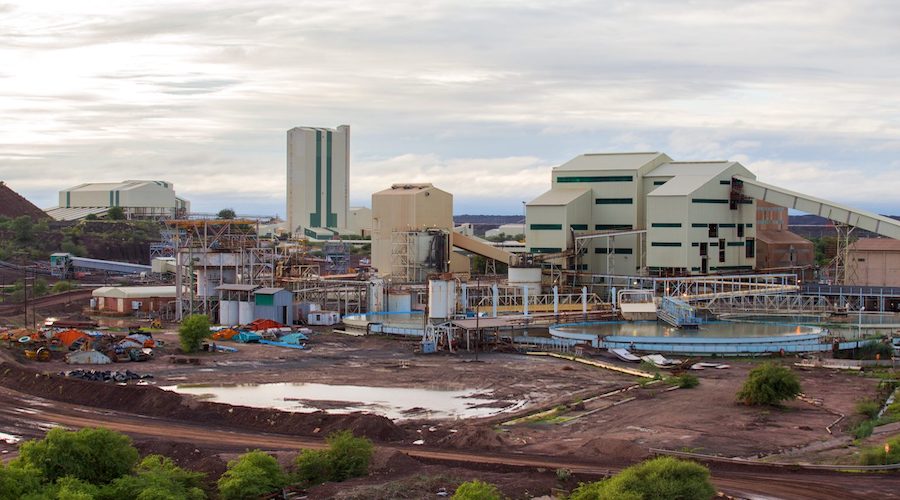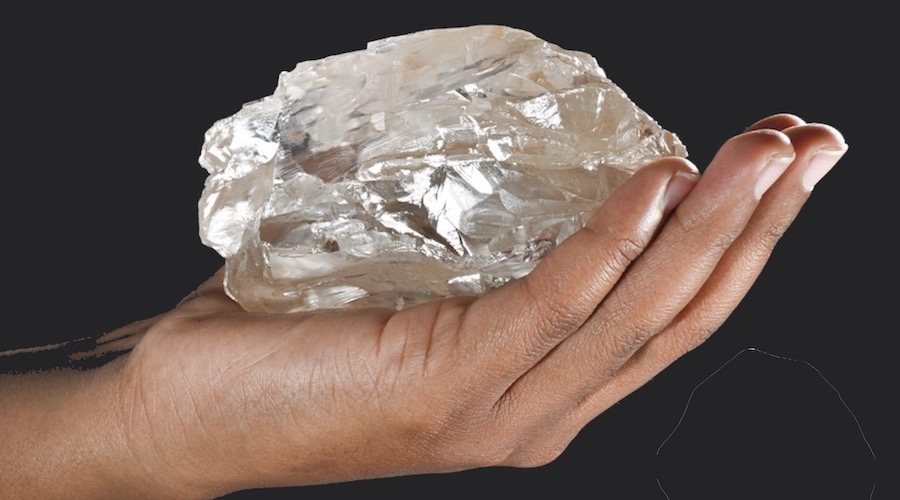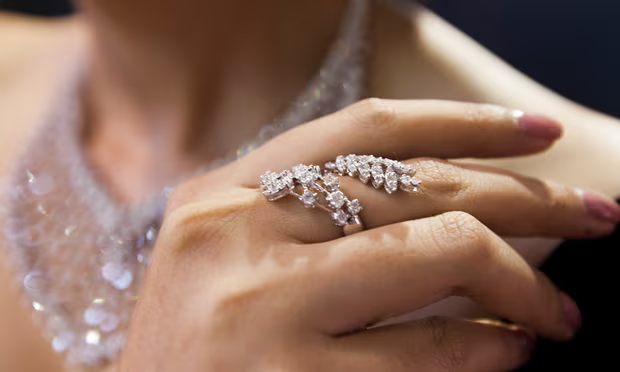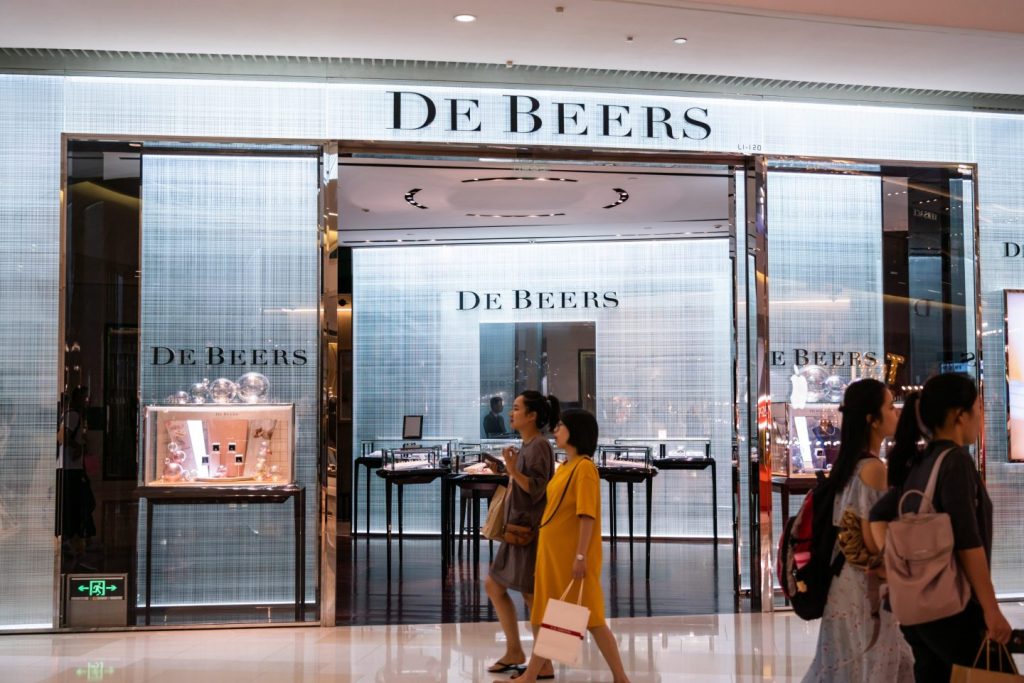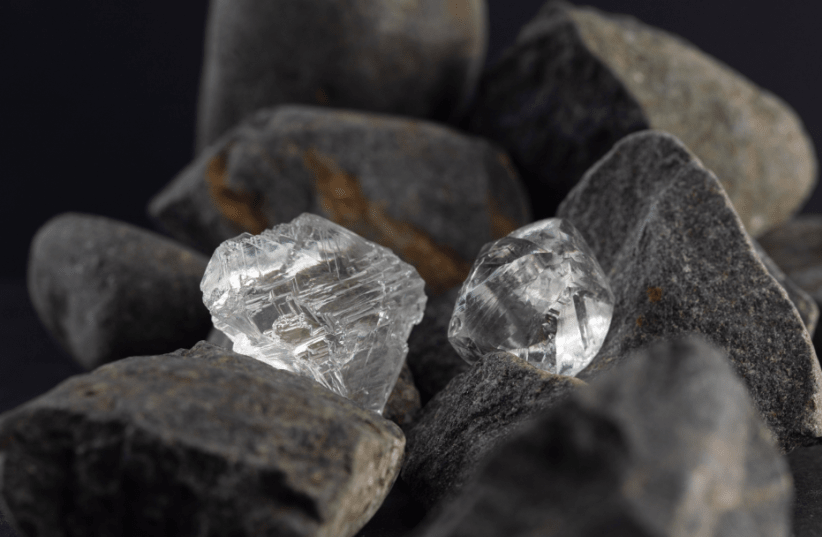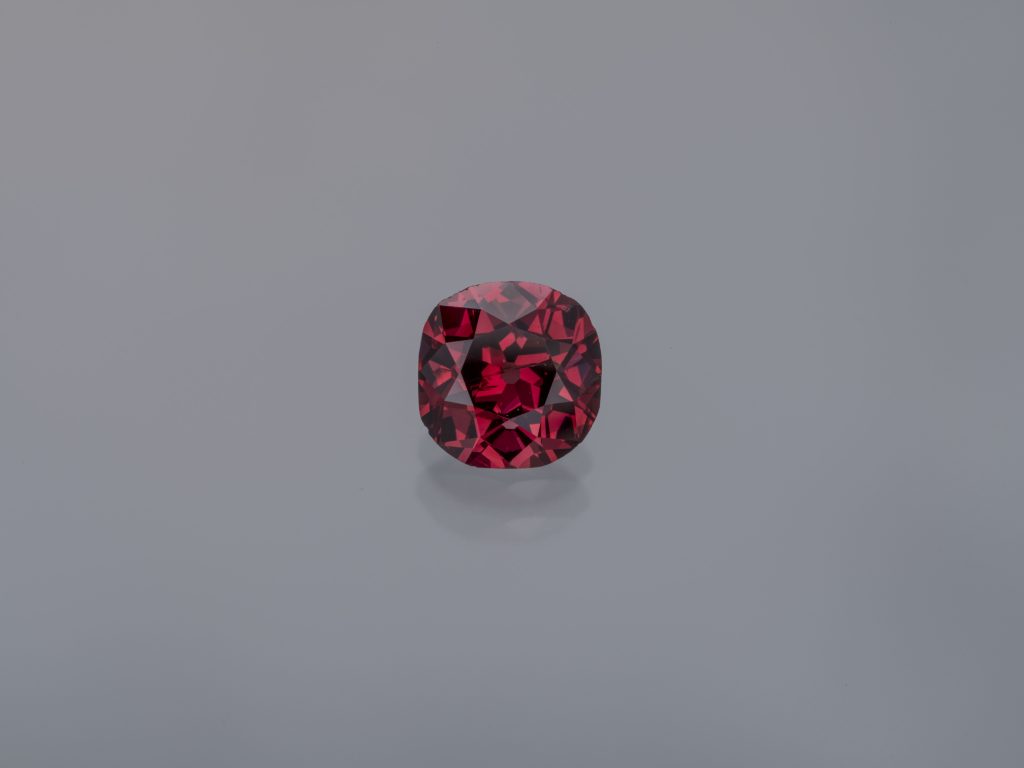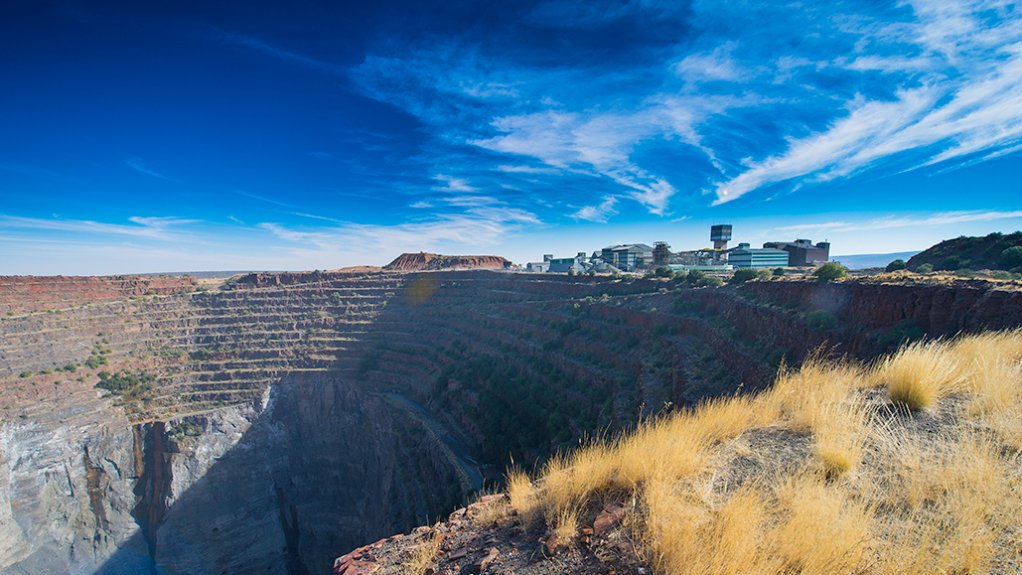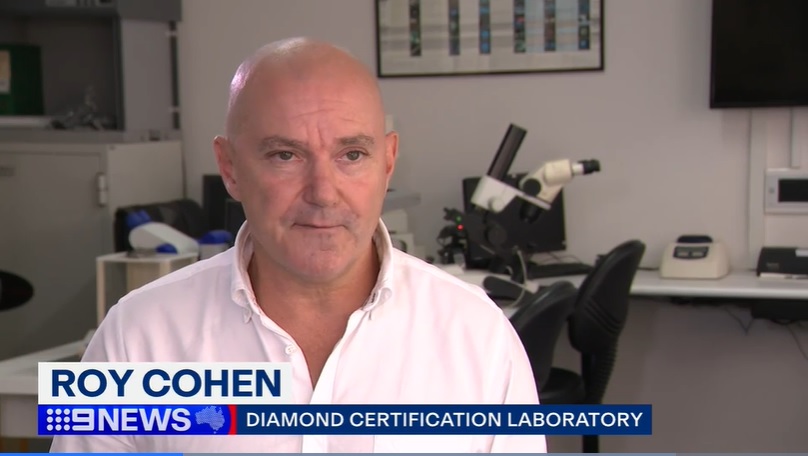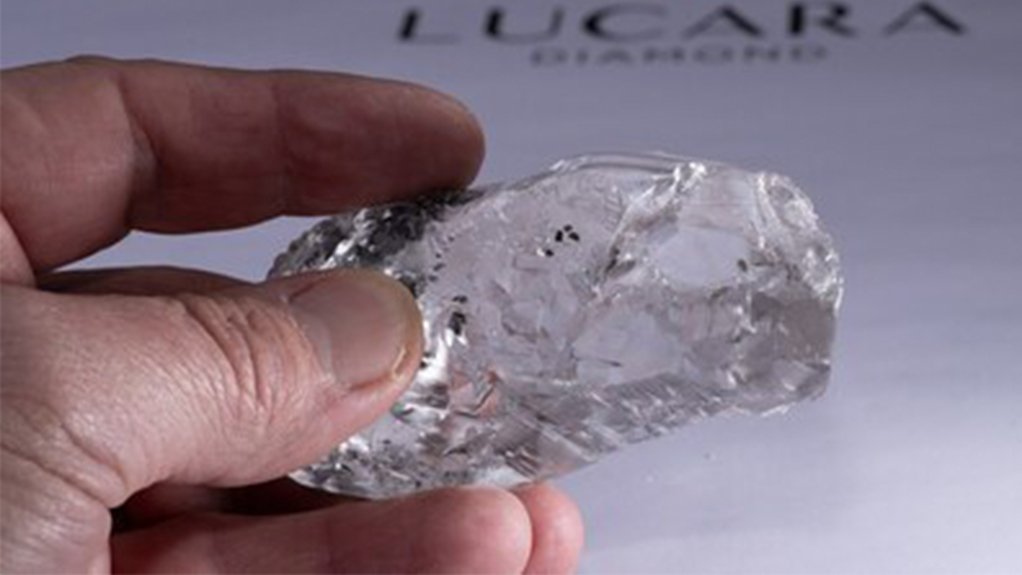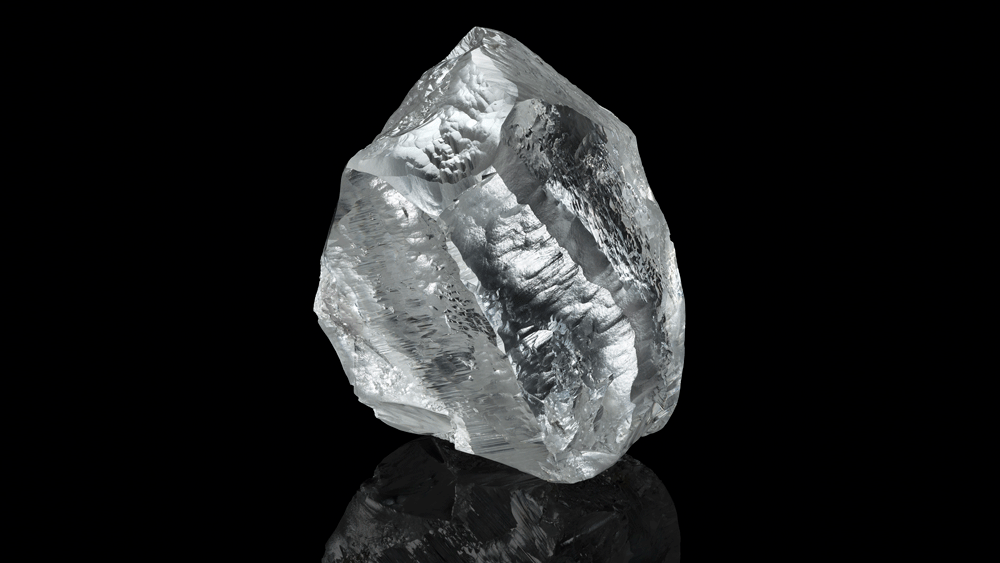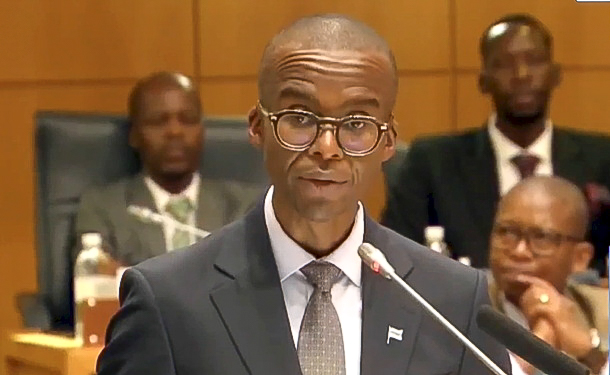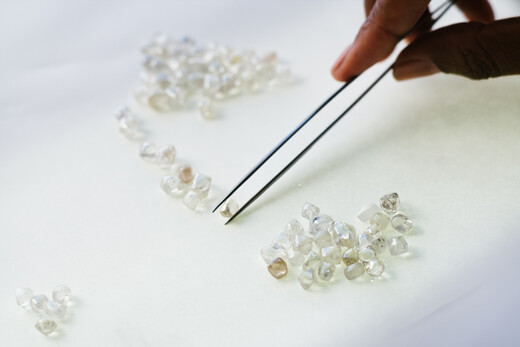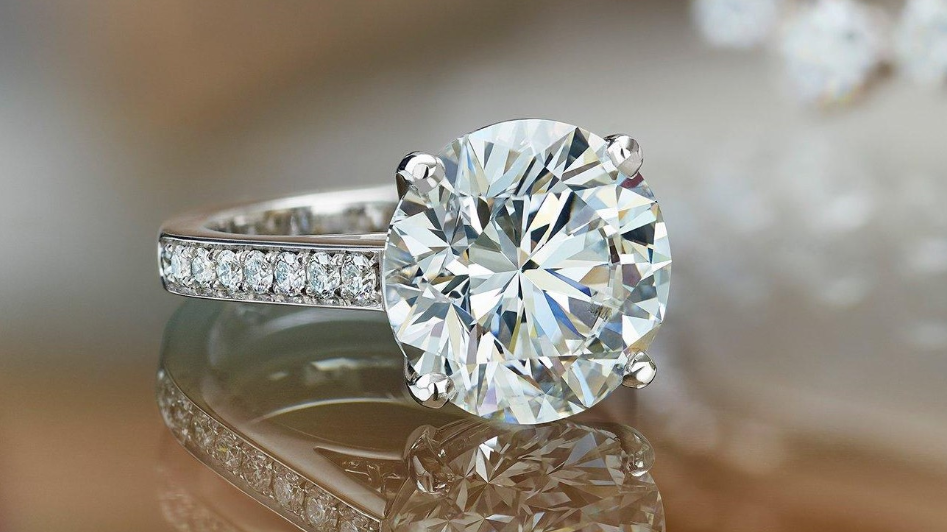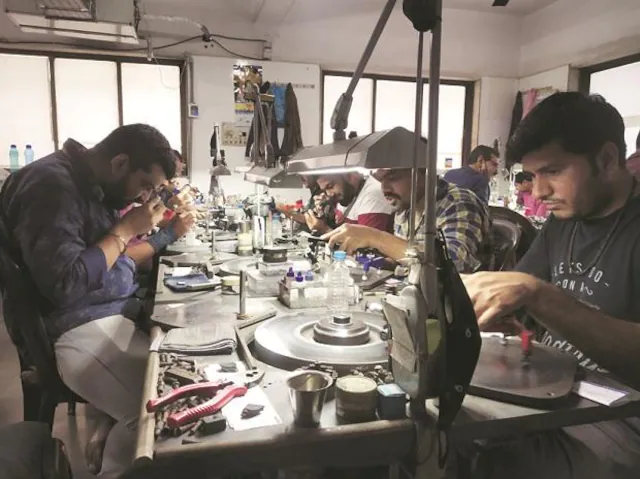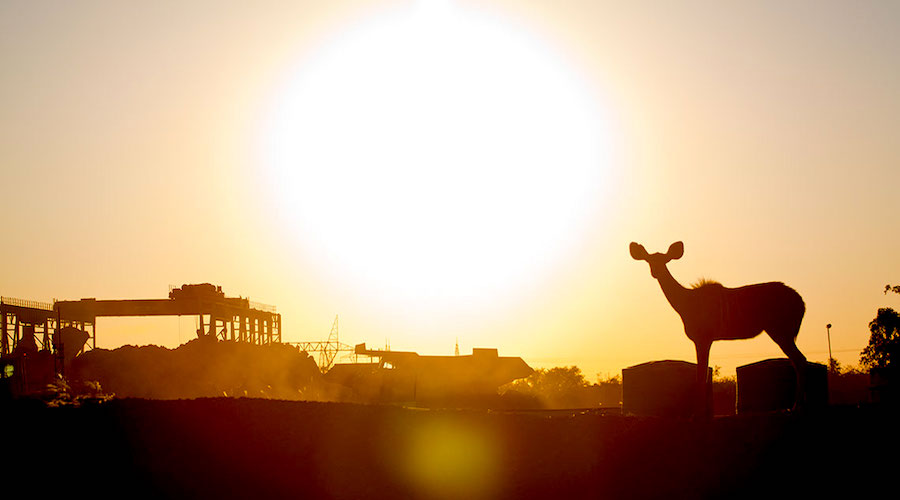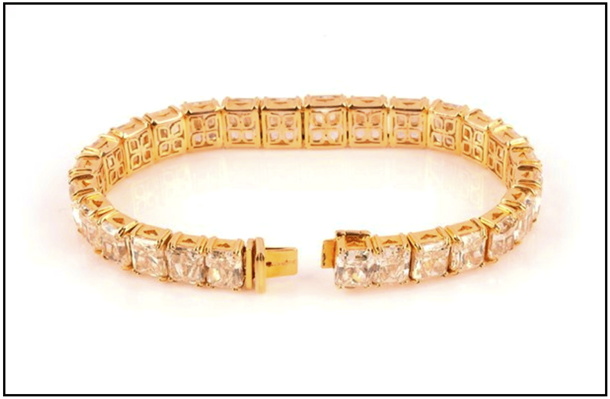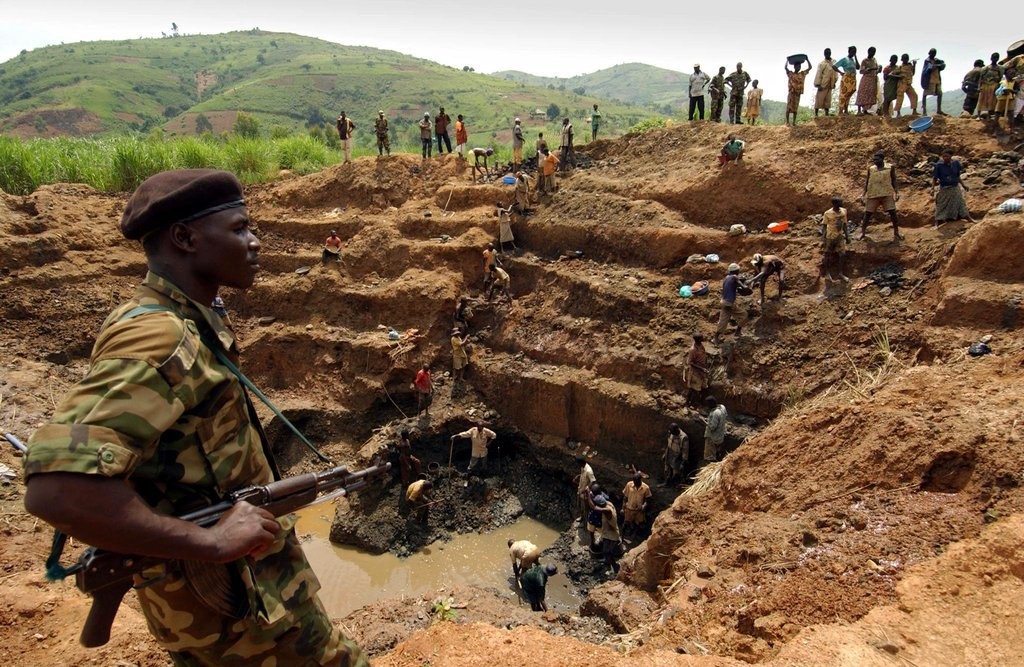Independent mining group Petra Diamonds, which owns and operates diamond mines in South Africa, has appointed two interim CEOs Vivek Gadodia and Juan Kemp to succeed Richard Duffy, who has resigned by mutual agreement and with immediate effect.
Gadodia will oversee all corporate matters of the group, while Kemp will oversee all operational matters.
At this point, they will not be appointed as directors.
Vivek joined Petra in 2021 with his roles having included planning and corporate planning executive and chief restructuring officer. He previously worked for Sasol in various engineering, project management and corporate positions over a 15-year period.
Kemp, meanwhile, joined Petra in 2009 when the company bought its flagship Cullinan mine from fellow miner De Beers.
Kemp was GM of the mine since 2011 before having been appointed as a chief technical officer in 2019 and operations executive for the Cullinan mine in 2024.
His earlier career included positions at De Beers and AngloGold Ashanti.
The appointments of the interim CEOs come as Petra struggles with lower earnings generation and high debt.
The company’s results for the six months ended December 31, 2024, reflect Petra’s progress in implementing cost reduction plans and smoothed capital profiles, despite weakness in the diamond market.
Petra managed to reduce its mining and processing costs from continuing operations by 19% year-on-year to $98-million.
However, the group’s revenue was also lower by 30% year-on-year, or $49-million, at $115-million owing to additional revenue of $50-million having been carried over from tenders into the prior comparable period.
Adjusted earnings before interest, taxes, depreciation and amortisation amounted to $15-million, which was lower than the $38-million adjusted Ebitda reported in the first half of the prior financial year.
The company’s basic loss a share from continuing operations was $0.30, or $0.13 on an adjusted basis.
Operational free cash inflow of $16-million in the six months under review compares with a $21-million outflow in the first half of the prior year, which Petra says largely reflects the impact of its cost reduction measures, capital smoothing and working capital management.
The lower revenue and earnings over the financial year of 2024, caused Petra to not meet its required leverage and interest cover covenant ratios in its revolving credit facility measured at December 31, 2024.
Petra has since obtained a waiver from the lender, Absa Bank, related to these covenant breaches, and is restarting engagements with lenders regarding the refinancing of its debt.
The group’s consolidated net debt was $215-million as at December 31, compared with $193-million at the end of June, owing to diamond market weakness and the timing of Petra’s tender sales.
Three tender sales took place during the first half of the 2025 financial year (the six months ended December 31), while four have been scheduled for the remainder of the financial year.
Petra realised an average price of $103/ct in the reporting period, which reflects the positive impact of product mix over the period offsetting the overall weaker diamond pricing environment.
OPERATIONS
The group has achieved cost reductions through sustainably lowering overheads and on-mine cost optimisation with limited impact to its operations.
Petra completed the sale of its interest in the Koffiefontein mine to the Stargems Group in the six months under review, which allowed the group to avoid closure-related costs of $23-million.
Petra also entered into an agreement in January to sell its interest in the Williamson mine, in Tanzania, to Pink Diamonds Investments for a headline consideration of $16-million.
The group expects the sale of its interest in the Williamson mine to be completed by the end of the calendar year.
The Finsch mine has transitioned into new production areas called 78-Level Phase 2, with steady operations having been reported over the past few months.
In turn, production from the CC1E zone at the Cullinan mine has also started in the interim period, while Petra continues to advance more extension projects at both of these mines, as well as life-of-mine plan reviews.
Petra intends to re-engage its lenders with a revised business plan and updated cost-savings initiatives, as part of its overall restructuring plan.
The group is targeting net free cashflow generation for the remainder of the financial year, as well as more efforts to make the company resilient to pricing weakness.
Source: DCLA
